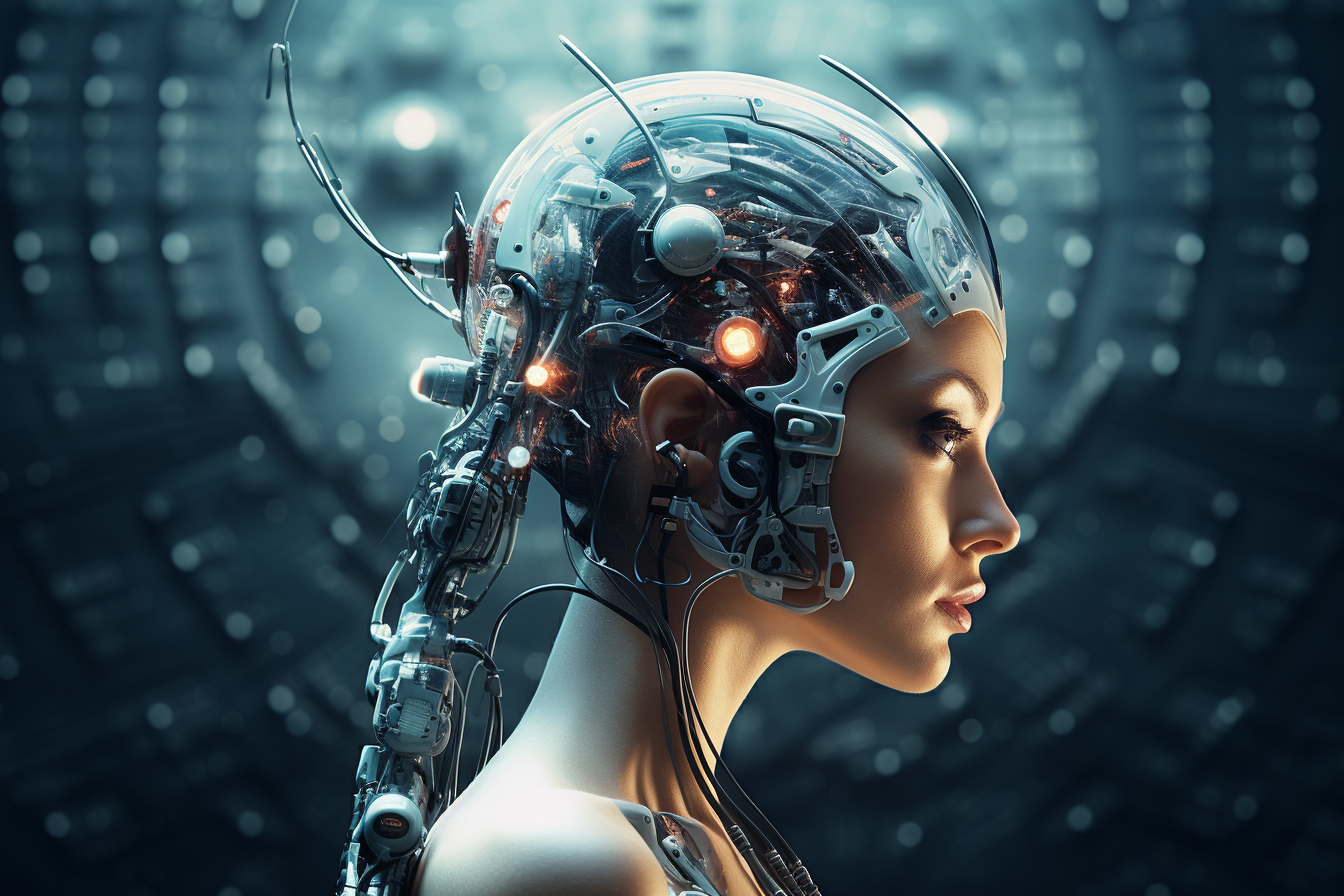Brand by Humans for Humans
AuthorDanton Sihombing | Founding Partner
Quoting Arnold Joseph Toynbee, a modern historian, that civilization is a movement and not a condition, a voyage and not a harbor. The Industrial Revolution is a voyage, a journey that often debates the capacity of humans that is substituted by the superiority of machines. The first industrial revolution that moved in the 18th century revolutionized industrial mechanization through steam engine technology, the second industrial revolution took on the role of creating mass production through electricity, and the third industrial revolution the role of information technology in the automation of the production sector. Now, civilization is entering the threshold of the fourth industrial revolution that evolves exponentially, no longer linearly, moving in a cyber system with machines and devices that are beginning to match human cognitive abilities. This era encourages the choice of humans to invest in emotional intelligence, areas that are still far from being touched by artificial intelligence.

Posthumanist thought (posthumanism) defines a condition in which humans and intelligent technology become increasingly intertwined. The foundations of posthumanist thought refer to the understanding of cybernetics (cybernetic), an era where humans must adapt by recognizing their existence as an integrated system with other systems. The relevant systems include mechanical, physical, biological, cognitive, and social systems that can generate causal chains, such as the impact of environmental damage on human physical health, population control, and autopilot programs for air conditioners.
The high dependence on digital technology has led to the law of supply-demand markets becoming more targeted. Consumer behavior is also transforming in the wave of digital innovation and the dynamics of social media that have revolutionized consumers' access to information and their actions online, anywhere and anytime. The proliferation of facilities and infrastructure related to trade also has a role in creating a hedonistic culture and a consumer lifestyle that generally grows in the dynamics of urban society.
Along with consumers' increasing access to information and their willingness to share their experiences with the public openly, there has been an expectation that brands must be honest and transparent in their operations. This will strengthen the bargaining position of consumers, becoming stronger against market hegemony. At the same time, brands that do not meet expectations are increasingly exposed through viral mechanisms that cause reputational damage.
The development of advanced technology can change consumer behavior by allowing them to compare the advantages of the diversity of brands when making choices. Social media has created transparency for consumers that ultimately demands the existence of brand authenticity—the values of authenticity, honesty, and truth that a brand consistently carries. When consumers are faced with a variety of choices and promises, when these alternatives continue to evolve, sooner or later, the values of authenticity, honesty, and truth of a brand will be revealed when consumers begin to absorb the experience of that brand. Consumers need to be comfortable in their dynamic movement when they need to make quick and accurate decisions. They explore the expanse of overflowing offers, living in the heterogeneity of information channels, leveraging algorithms that organize information such as text, photos, and videos. This vast and complex digital jungle presents a unique challenge for brands to capture consumers' attention.
